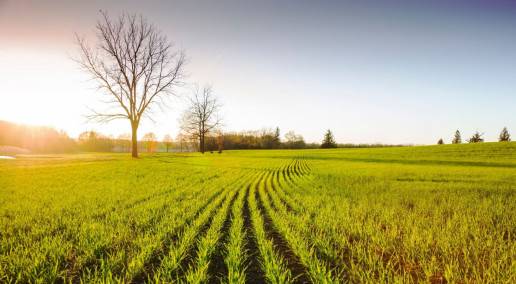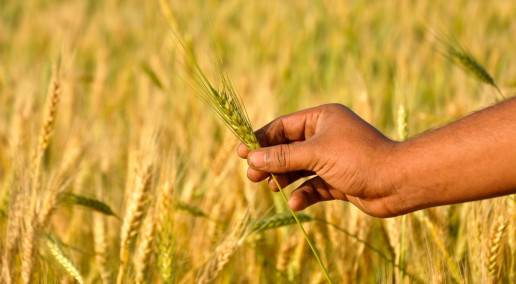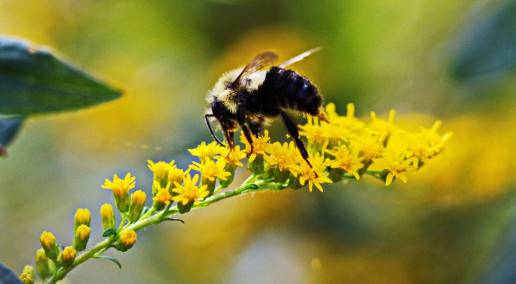During this session Bruno Langlois looks at maximising profit using advanced pasture management practices.
Bruno Langlois was a part of the team of advisors specialising in food and ruminant management at Sollio Agriculture, formerly La Co-op fédérée. He retired in 2019. Bruno began his career as an agronomist in a co-operative in central Quebec as a representative in dairy, pig, poultry and vegetable production. He trained and supported about 20 co-operative representatives for their work in the field, mainly in the dairy sector. He then became the first advisor specialising in cattle production in the Sollio Agriculture team. He later took over the management of the Opti-Bœuf SENC team, made up of four advisors specialised in food, management and plant production specific to cattle producers served by Quebec co-operatives.
There are dreams of a Pan-Canadian pasture program in 2023. There are collaborations to move ahead, some will move fast and some slow, but together we will get there.
There are four paradigms. Ruminants are major producers of greenhouse gas (GHG). Ruminants are ecologically adapted as browsers (solitary, limited territory) or grazers (herd, unlimited territory and migration). Humans disrupt this with fences and land ownership. This can lead to overgrazing, because it doesn’t always respect the regeneration time of grass. Ruminants produce waste, trample, and clear vegetation when grazing. Land is too expensive to use for pasture so farmers use marginal land for these purposes.
Ruminants can be beneficial to pastures, if done with intensive management and human intervention. The best example for this is Mob grazing, where a high density of ruminants graze for a short time, which spreads manure naturally and leaves minimal waste in a pasture.
Animals are the equipment, they clear an area at low cost while fertilising. They work 24/7, with little upkeep even during calving. It takes 12 minutes to move cows into the next pasture with the help of a herd dog. They may cause minimal damages. Field can look trampled, but 45 days later with recovery time it grows back well.
It’s still a developing field, and answers are still being investigated. For example is water infiltration affected, does irrigation help, what stocking density is ideal?
There needs to be a rest period between grazing. In the cold season pastures need more recovery time, in the warm season they need less time. Ruminant grazing can be used with bale grazing with no negative impact, in fact farmers see positive outcomes from the fertiliser of manure plus the seeding from hay.
By using management techniques farmers can maximise profit. Fertilisation can improve yield but not always. Farmers also need to manage invasive plants.
Hyperlinks:
https://www.canadianfga.ca/staff/bruno-langlois-10/
Back to Grace



Leave a Comment